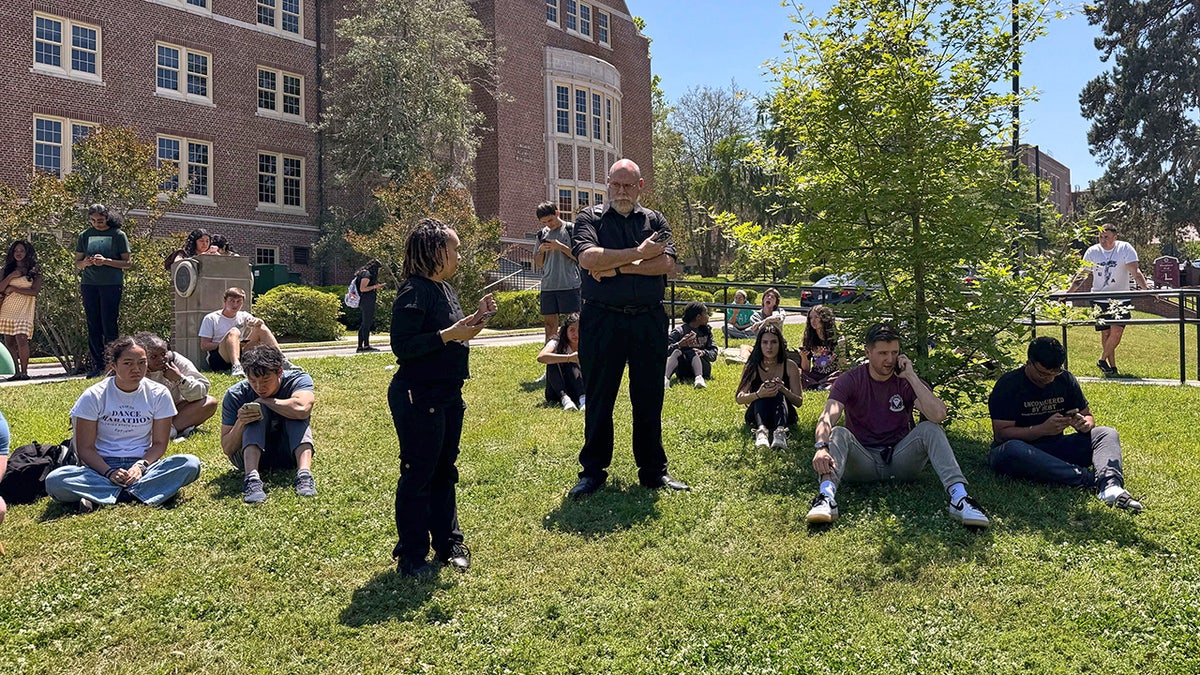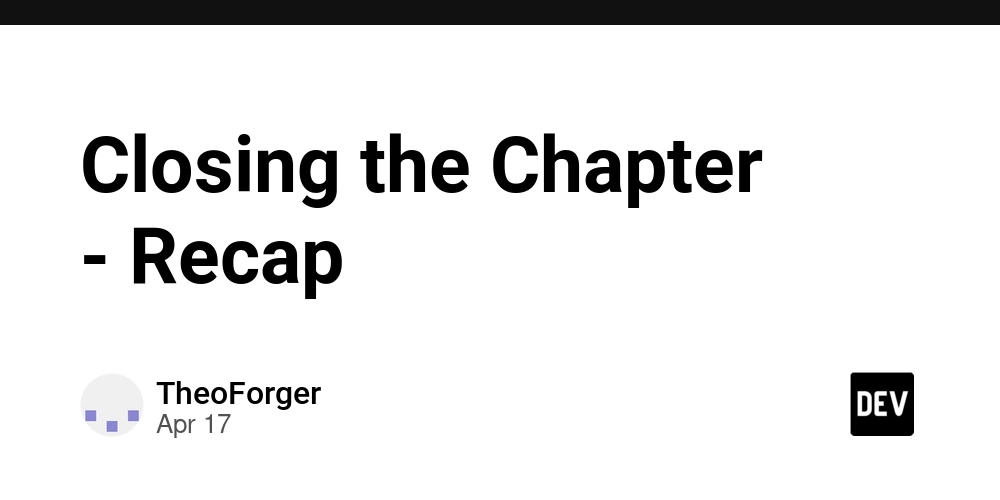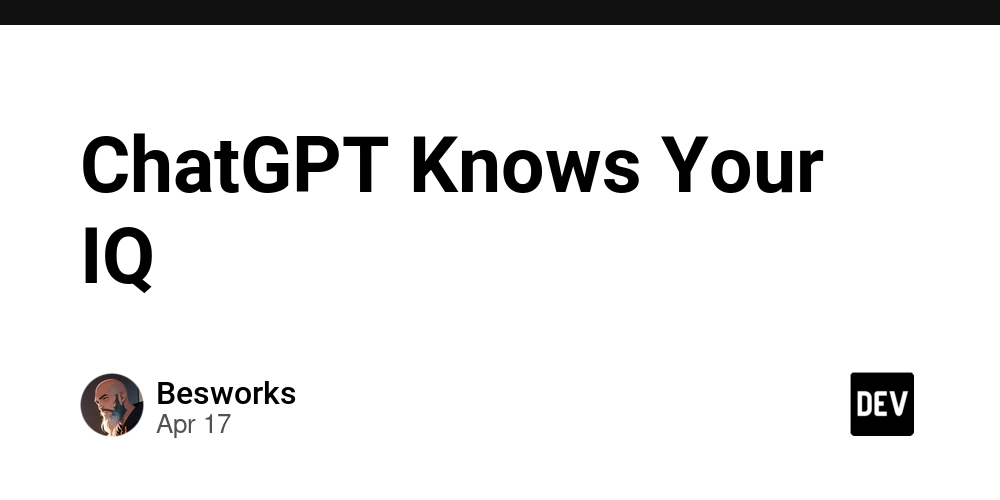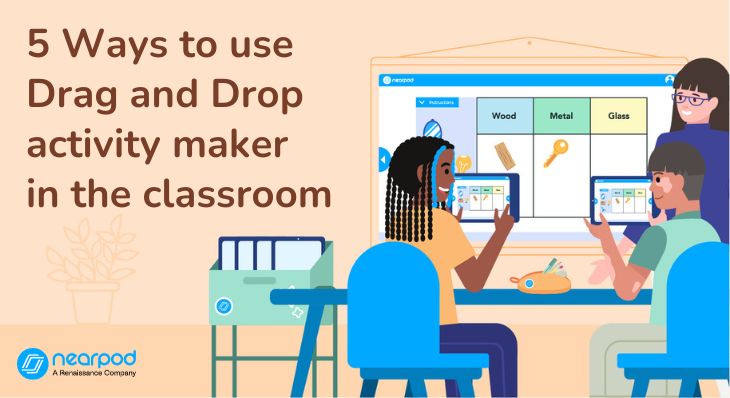The Transcript Trap: Why Our Students Need Credentials, Not Just Grades
Our education system should prioritize credentials over grades to better prepare students for a dynamic workforce. The post The Transcript Trap: Why Our Students Need Credentials, Not Just Grades appeared first on Getting Smart.

As education leaders, we’re not just preparing students for today; we’re preparing them for a future we can barely imagine. Yet, our current system, obsessed with transcripts and test scores, is failing them. We pour our energy into crafting meaningful learning experiences, refining curriculum, analyzing data, and striving to create environments where students thrive. But I keep asking myself, Are we truly preparing them for the world they’re about to enter?
One of us, as a parent, has observed firsthand the pressures students face navigating what feels like a soul-sucking game of chasing test scores and increasing averages. Seeing a son in an accelerated middle school math program where success is often framed by how advanced he’ll be by sophomore year—measured by the highest level of math completed and ‘verified’ by his transcript—raises a critical question. The goal seems to be meeting ‘college expectations’ early. But as students speed through subjects, potentially missing the depth of application, we have to wonder: what are they really learning? It often appears to be the art of optimizing high grades, sometimes at the risk of not truly understanding the material. It’s the transcript game in action. We’ve both seen countless students across various grade levels who seem more focused on the points than the learning itself, a strategic dance to accumulate the right numbers for that all-important transcript.
As families, we appreciate when schools embrace practices like test retakes, focusing on learning over strict timelines. However, within a system still largely driven by arbitrary pacing and outdated measures of success, the emphasis frequently shifts from deep understanding to simply keeping up. Instead of testing when students demonstrate readiness, they test when the calendar dictates. Progress becomes measured by speed, not mastery. This isn’t just about a few individual students or schools – it’s a systemic issue we’ve both witnessed.
The Urgency for Change and the Broader Societal Impact:
This relentless focus on grades and test scores has profound negative consequences. It fuels student anxiety and stress, creating a culture of fear rather than a love of learning. It reduces intrinsic motivation, turning education into a transactional process rather than a journey of discovery. It promotes a narrow definition of success, excluding students with valuable skills and experiences that don’t fit neatly into traditional academic boxes that show up on transcripts. Ultimately, it hinders the development of creative problem-solving skills, which are essential for navigating our complex world.
Credentialing as a Future Focused Solution
The workforce isn’t waiting for our education system to catch up. The rapid pace of change is already here. If we are to bridge the gap between what our students learn and what they need to succeed, we must rethink how we measure and credential learning. This shift is not just about individual students, it’s about building a more equitable and prosperous society. By recognizing diverse skills and competencies, we support a more inclusive and dynamic workforce. This workforce, in turn, will be the talent foundation needed for the next generation of employment.
Jobs are Evolving: 65% of jobs will change significantly every 5-7 years. Traditional Pathways Are Shifting. The drive for students seeking college has become more about getting better jobs, ideally with employer support. Youth employment is declining, signaling a need for new ways to demonstrate skills.
Our Current System Falls Short: Transcripts and traditional grades don’t fully capture what students know and can do. That’s why the advancements in credentialing are so critical. Credentialing moves us from focusing on time spent (grades, courses) to skills demonstrated (credentials, learner records). It gives a clearer picture of what students know and can actually do.
Why This Matters:
- Relevance: Learning experiences should align with the modern workforce. Credentials provide a trusted, transparent way to showcase skills and associated experiences.
- Access: Credentialing levels the playing field by recognizing learning beyond the classroom, inviting all students to showcase their talents.
- Asset-based: By shifting to credentialing, students are able to demonstrate and communicate what they know all along their learning journey, making their whole lived experience valuable, rather than just the diploma/certificate at the end. This helps with ‘stop outs’ and students on atypical learning journeys.
- Student Agency: Imagine students owning a verified digital portfolio – a Learning and Employment Record (LER) – that captures their skills, experiences, and achievements. This shifts power to learners to articulate their readiness for future opportunities.
- Future Readiness: In a changing job market, students need portable, verifiable records of their competencies to stay competitive and adapted to an emerging movement for skills first employment hiring
Potential Next Steps for Schools and Districts:
- Develop a Portrait of a Graduate Framework: Define key competencies and proficiency levels, guiding credentialing efforts and aligning learning experiences to desired outcomes.
- Implement open standards like Open Badges 3.0 and Comprehensive Learner Record 2.0: Ensure credentials are portable and meaningful, allowing students to share their achievements across platforms. Interoperability is key to creating a unified ecosystem of learning.
- Shift to Competency-Based Learning: Transition from time-based measures to mastery-based learning. Integrate mastery credits and skill-based credentials alongside traditional coursework. Examples include Indiana’s Diploma, which values credentials, and Kansas City’s Real World Learning, which values Market Value Assets.
- Create Experience Ecosystems: Embed meaningful experiences into graduation requirements and validate skills gained both inside and outside the classroom.
- Develop Competency Transcripts: Show skills, not grades. Design a transcript that describes what students know and can do. Examples to explore: The Mastery Transcript Consortium and the One Stone Growth Transcript.
- Start Small. Begin demonstration programs to test and refine approach.
- Expand K-12 Involvement in LER Initiatives: The Getting Smart report on “Expanding Access, Value and Experiences through Credentials” highlights the gap between K-12 and postsecondary/workforce credentialing efforts. We must bridge this divide.
- Pilot a Digital Wallet Initiative: Provide students with secure digital wallets (or guide them in setting up existing secure options) where they can store and manage their earned credentials. This empowers them to own and share their verified skills with potential employers, postsecondary institutions, and other relevant parties.
Engaging Parents and the Community
Meaningful community engagement is foundational to this shift. To truly resonate with parents, we must clearly articulate the tangible value of credentialing, particularly in recognizing durable skills that extend beyond traditional academic measures. Workshops should not only explain the concept but also illustrate its practical implications.
A critical step involves actively cultivating partnerships with local and regional employers. Seeking their commitment to acknowledge and value these skill-based credentials in their hiring considerations is paramount. For parents to see the relevance, there must be a clear connection between a student’s demonstrated competency, evidenced by a digital badge in areas like collaboration or critical thinking, and tangible opportunities such as internships or entry-level employment within the community.
Proactive engagement with higher education institutions is also key. Collaborative efforts to ensure these credentials are understood and valued in admissions processes and placement decisions will highlight their significance. Showing parents examples of how a student’s verified skills contribute to their postsecondary success will powerfully demonstrate the merit of this approach.
Meaningful parental involvement requires creating accessible avenues for their contributions. Inviting parents to share their professional insights and connect students with real-world learning experiences where these durable skills are actively applied and validated can be invaluable. Building strong collaborations with local businesses and organizations to offer internships, mentorships, and industry-recognized micro-credentials will further strengthen the ecosystem. By fostering a collaborative environment involving schools, parents, employers, and higher education, we can create a learning landscape where diverse forms of valuable learning are recognized and where students are genuinely prepared for their future endeavors.
Beyond Knowledge: The Role of Durable Skills
In addition to academic content, competencies such as adaptability, curiosity and agency should be embedded in outcome frameworks.
Explore Learning and Employment Records (LERs): Support students in building comprehensive records of their durable skills beyond high school.
Adapt Outcome-Based Grading: Define key learning outcomes, create transparent scoring processes, and shift reporting to reflect actual competencies. Assessment of durable skills needs to be vertically and horizontally aligned within a student’s learning journey to ensure consistency and validity around proficiency.
This isn’t just about changing our assessment models; it’s about changing lives. It’s about equipping students with the tools, confidence, and credentials they need to navigate an unpredictable future. As a parent and as an educational leader, I want to be a part of a learning ecosystem that values what students can do, not just what courses they have completed. It is time to redefine what readiness looks like.
The post The Transcript Trap: Why Our Students Need Credentials, Not Just Grades appeared first on Getting Smart.









































































